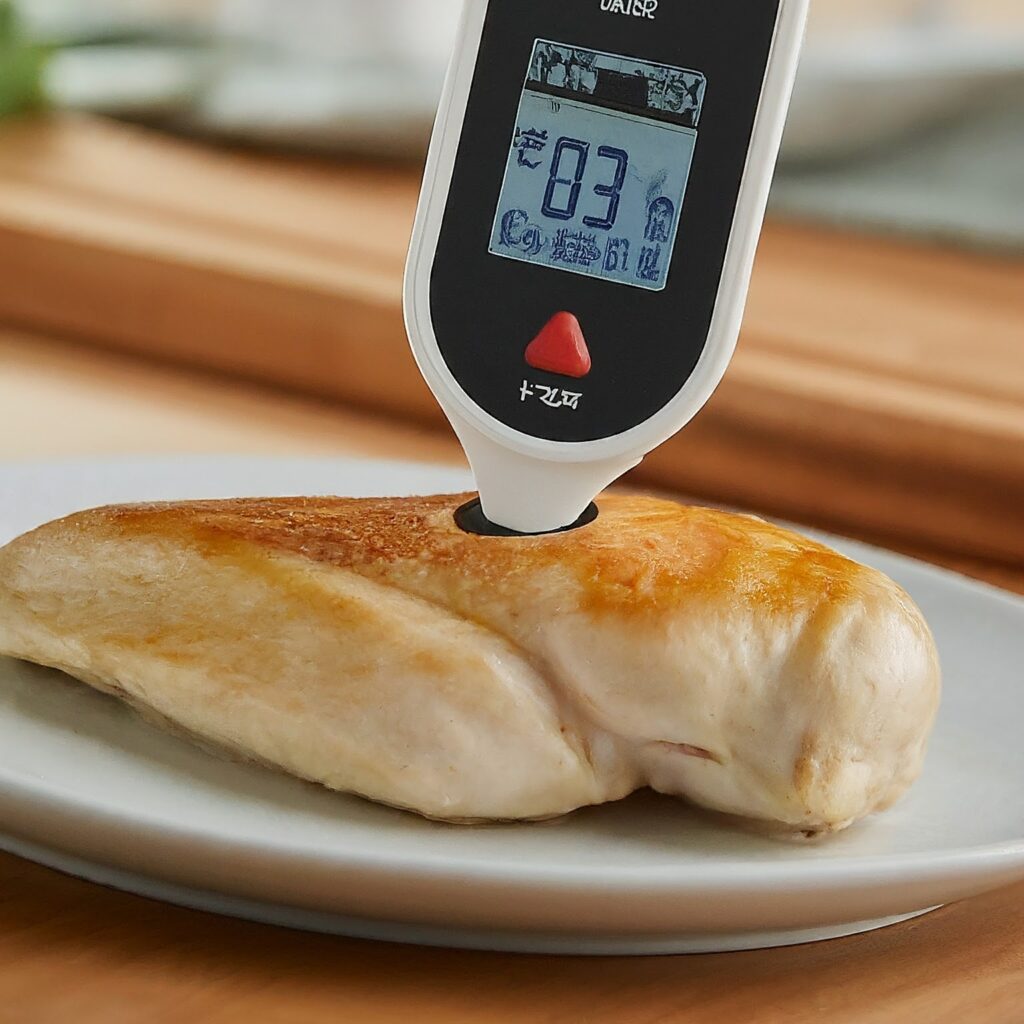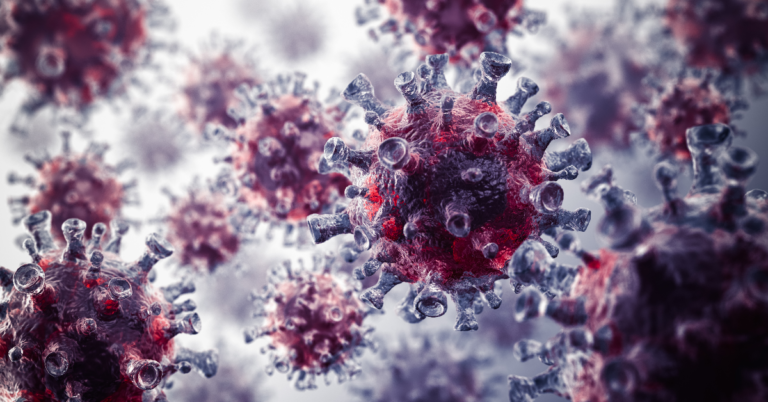The recent outbreak of Highly Pathogenic Avian Influenza (HPAI), commonly known as bird flu, has spread beyond poultry farms, raising concerns for consumers. Headlines might trigger anxiety, but the good news is that the risk of bird flu transmission to humans through the food chain remains low when proper precautions are taken. This article aims to separate fact from fiction, addressing your food safety concerns and providing clear information about the bird flu situation.

By Gemini
Understanding Bird Flu Transmission:
Bird flu primarily spreads through direct contact with infected birds or contaminated materials. While some farm animals like pigs and cows can become infected, they are unlikely to shed the virus at levels that pose a threat to the food supply. Here’s why:
- Strict Biosecurity Measures: Farms and processing facilities undergo regular inspections by the U.S. Department of Agriculture’s Animal and Plant Health Inspection Service (APHIS) to detect bird flu. Infected flocks are quarantined and birds are not allowed to enter the food chain. [1]
- Surveillance and Testing: APHIS actively monitors bird populations for signs of bird flu. This helps to detect outbreaks early and prevent further spread. [1]
- Safe Handling Practices: Processing facilities follow strict hygiene protocols to prevent contamination during processing and packaging.
Minimizing Risk at Home:
While the risk from the current outbreak is low, you can further minimize potential risks by following these simple guidelines:
- Buy from reputable sources: Purchase poultry products from stores that adhere to strict hygiene and safety protocols. Look for labels indicating USDA inspection.
- Practice proper hygiene: Always wash your hands thoroughly with soap and water before and after handling raw poultry products.
- Cook food thoroughly: Cook poultry to a safe internal temperature (165°F for poultry and 160°F for ground poultry) to eliminate any potential pathogens. [2]
Staying Informed:
For the latest updates and information about bird flu, you can refer to reputable sources like:
- U.S. Department of Agriculture (USDA): https://www.aphis.usda.gov/livestock-poultry-disease/avian/avian-influenza/hpai-detections
- Centers for Disease Control and Prevention (CDC): https://www.cdc.gov/flu/avianflu/hpai/hpai-interim-recommendations.html
The current bird flu outbreak primarily affects poultry farms, with safeguards in place to prevent infected birds from entering the food chain. By following recommended precautions and staying informed, you can minimize any unnecessary anxiety and ensure safe handling of poultry products at home.
Remember: Don’t let fear dictate your dietary choices. The risk of bird flu transmission through properly sourced and prepared poultry products remains very low.
References:
- U.S. Department of Agriculture (USDA) Animal and Plant Health Inspection Service (APHIS): https://www.aphis.usda.gov/livestock-poultry-disease/avian/avian-influenza/hpai-detections
- Safe Minimum Cooking Temperatures: https://www.fsis.usda.gov/food-safety/safe-food-handling-and-preparation/food-safety-basics/safe-temperature-chart



